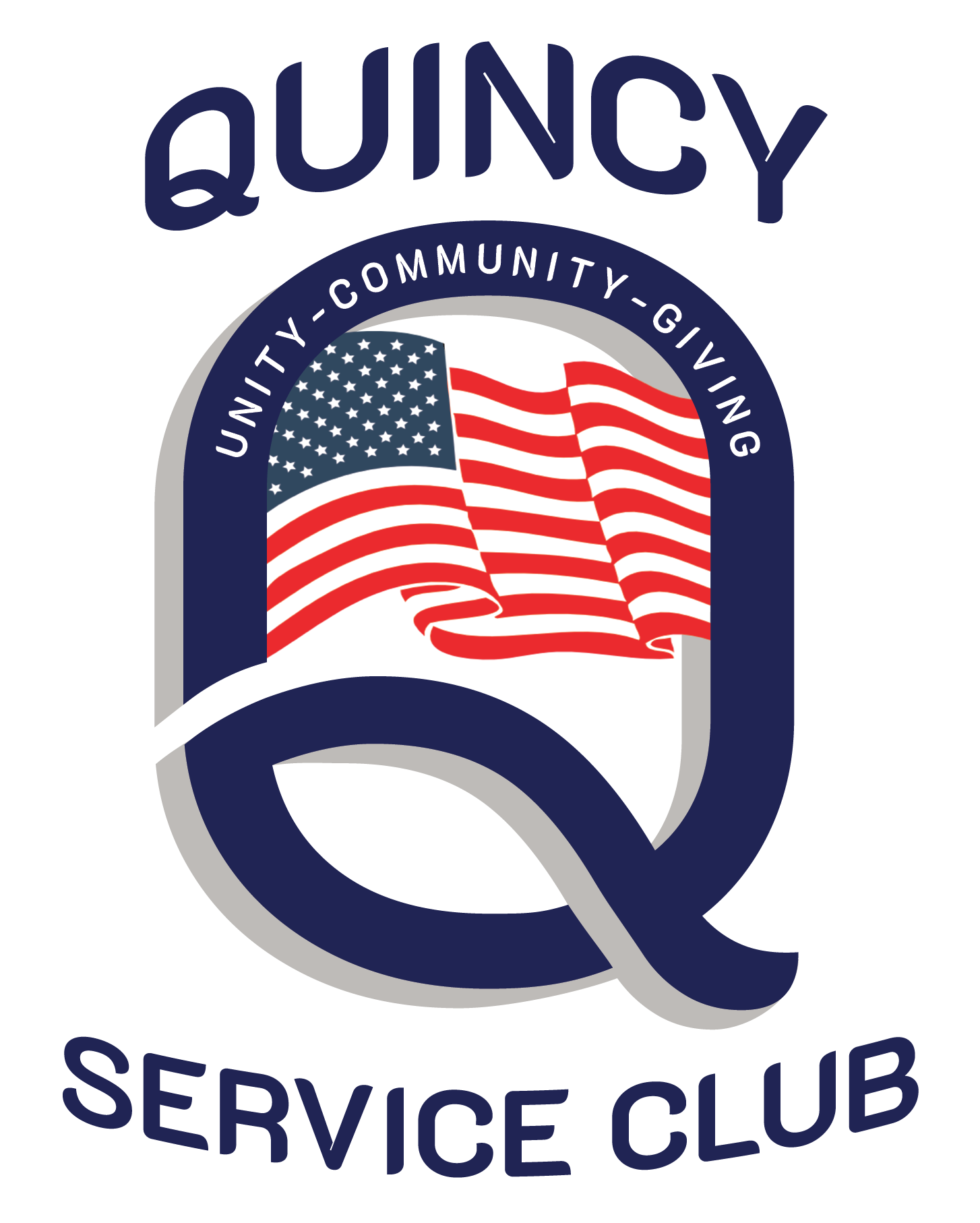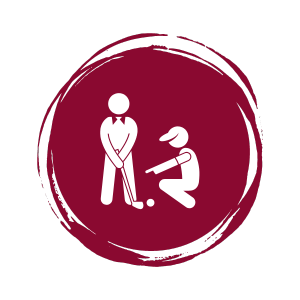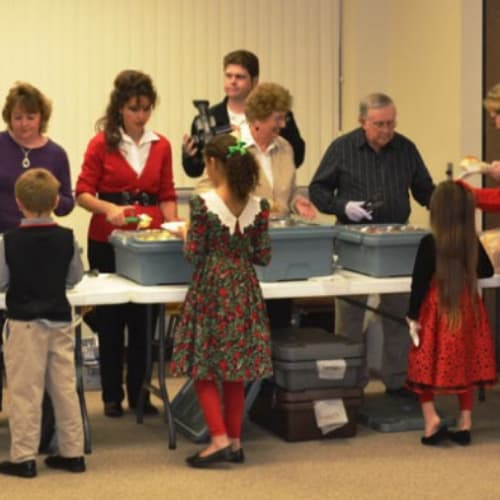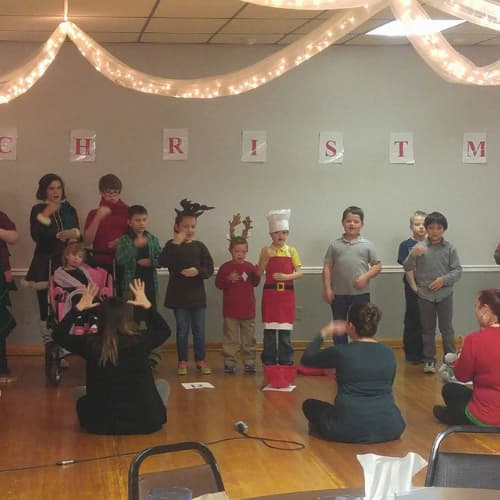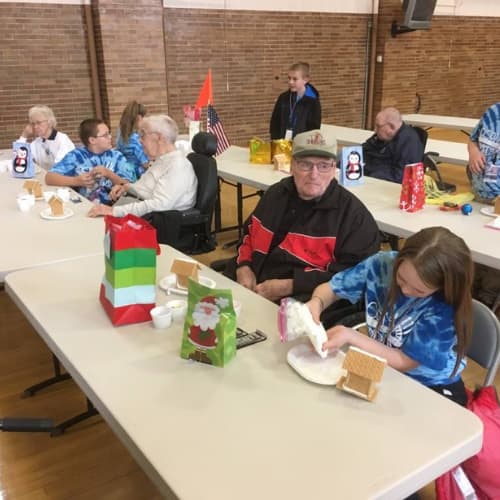CHILD ABUSE
Prevention
The prevention of child abuse is crucial for making our community a better place to live.
More than 600,000 children are victims of child abuse each year. In Adams County, the rate of abuse is 16.4 children per 1,000, or roughly 650 children each year. By working collectively to prevent child abuse, we can create a safer and more nurturing environment for children to thrive and contribute positively to society by:

Protecting the Well-being of Children
Children are the future of any community, and their safety and well-being should be a top priority. Preventing child abuse ensures that children grow up in a nurturing and safe environment, free from physical, emotional, or sexual harm. It promotes their healthy development and allows them to reach their full potential.

Building Stronger Families
By focusing on preventing child abuse, communities can support families in developing healthy and positive relationships. This includes providing resources, education, and support systems that empower parents and caregivers to provide a nurturing and loving environment for their children. Strengthening families strengthens the foundation of the entire community.

Breaking the Cycle of Abuse
Preventing child abuse helps break the intergenerational cycle of violence and abuse. Research has shown that individuals who experience abuse during childhood are more likely to perpetuate abusive behaviors in their own relationships and families. By stopping child abuse, communities can interrupt this harmful cycle and create a safer environment for future generations.

Promoting Mental Health and Well-being
Child abuse can have long-lasting negative impacts on a child's mental health and well-being. It can lead to various psychological and emotional issues, such as depression, anxiety, post-traumatic stress disorder (PTSD), and substance abuse. By preventing child abuse, communities foster a healthier population, reducing the burden on mental health services and promoting overall well-being.
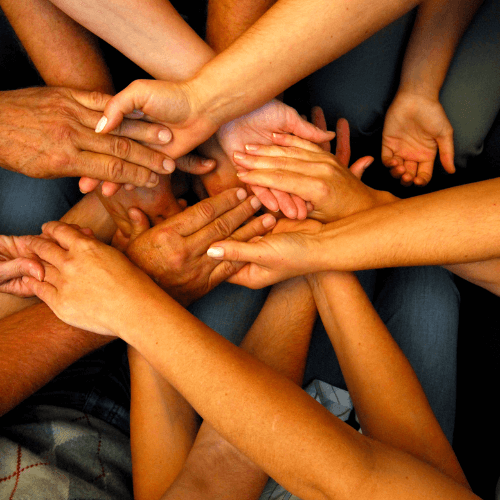
Strengthening Community Bonds
A community that actively works to prevent child abuse demonstrates its commitment to protecting the most vulnerable members. It creates a sense of collective responsibility, encouraging community members to look out for one another and report any signs of abuse. This shared commitment to child safety strengthens community bonds and fosters a culture of care and compassion.

Promoting Education and Awareness
Efforts to prevent child abuse involve raising awareness about its signs, consequences, and available resources. Community education programs can empower individuals with knowledge and skills to recognize and respond to child abuse. By educating the community, communities can create a network of vigilant individuals who actively contribute to the prevention of child abuse.

Upholding Human Rights
Every child has the right to grow up in a safe, nurturing, and loving environment. By preventing child abuse, communities uphold the fundamental human rights of children and create an environment that respects and protects the dignity and well-being of every child.
Financial Support
By financially supporting organizations that provide child abuse prevention services, we play a crucial role in promoting the well-being and safety of children. Our financial support to organizations such as Cornerstone Foundation for Families, Transitions, and the Advocacy Network for Children, contributes to child abuse prevention by:
Funding Prevention Programs
Enabling the organizations to develop and implement effective child abuse prevention programs. These programs include educational campaigns, parenting classes, workshops, and support groups that aim to raise awareness about child abuse, teach positive parenting techniques, and equip individuals with the knowledge and skills to prevent abuse.
Training and Education
Helping the organizations offer training and educational opportunities to professionals and community members involved in child welfare, such as teachers, social workers, healthcare providers, and law enforcement personnel. These trainings enhance their ability to recognize signs of abuse, respond appropriately, and take necessary actions to protect children.
Support for At-risk Families
Supporting the provision of direct assistance to at-risk families. This includes offering counseling services, mental health support, and access to resources such as affordable housing, healthcare, and childcare. By addressing underlying risk factors and providing support to families in need, these organizations help reduce the likelihood of child abuse occurring.
Public Awareness Campaigns
Contributing to public awareness campaigns that aim to educate the general public about the importance of child abuse prevention. These campaigns may include media advertisements, online initiatives, community events, and outreach programs. By reaching a wide audience, these efforts help shift societal attitudes, raise consciousness, and promote a collective commitment to preventing child abuse.

Join Our Club


